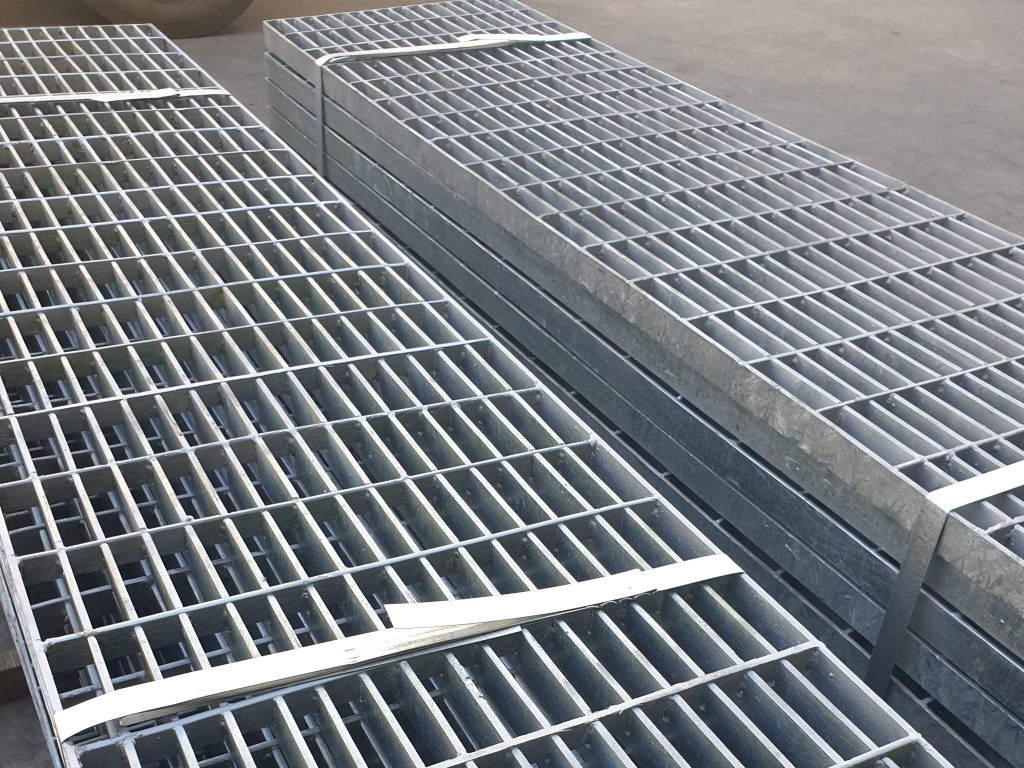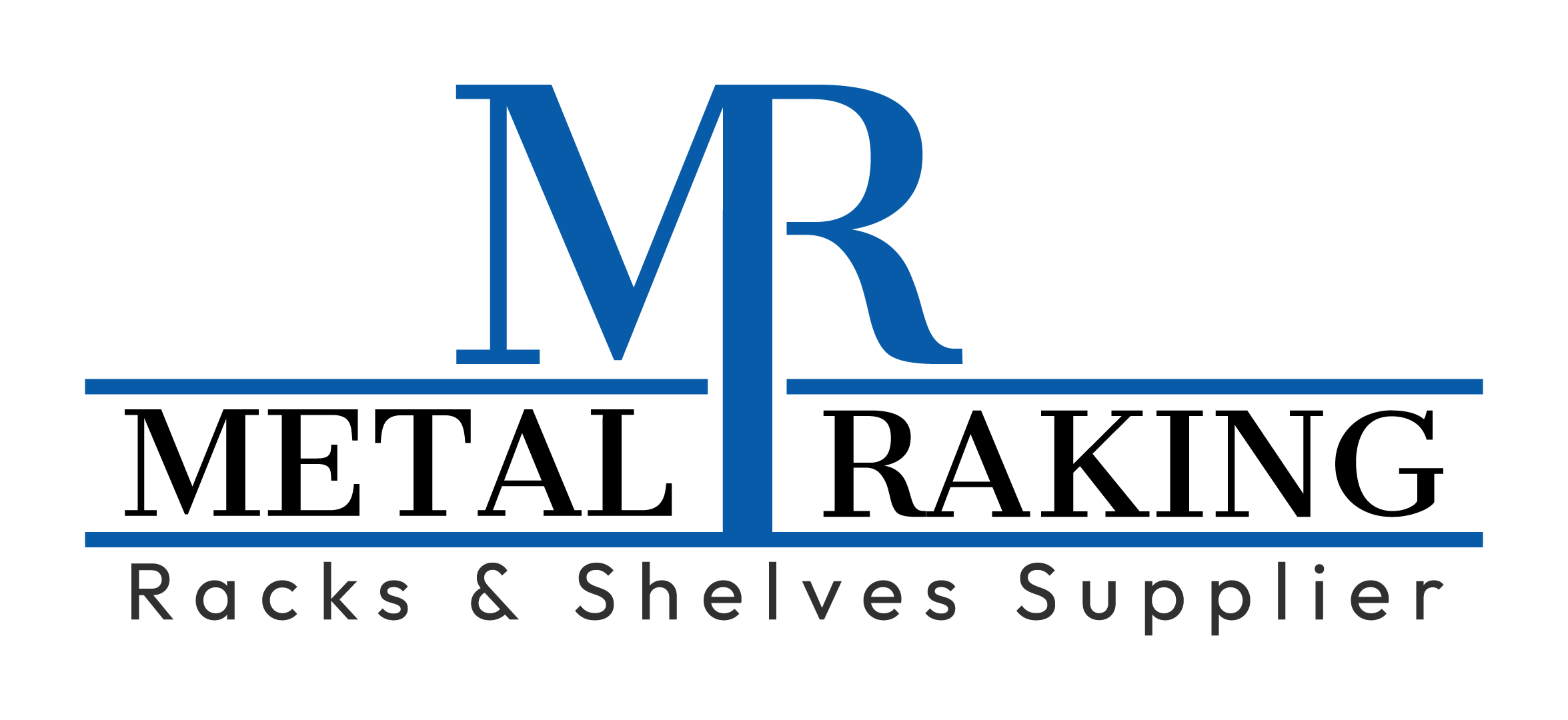Mezzanine Floor GI Grating

Optimal Selection for Storage Solutions
Mezzanine floor GI grating offers a flexible and budget-friendly solution for expanding workspace in both commercial and industrial settings. Constructed by welding cross and bearing bars of varying widths and thicknesses, GI grating can support different load capacities, making it a preferred option for numerous businesses.

Optimal Selection for Storage Solutions
Mezzanine floor GI grating is a versatile and cost effective solution for creating additional workspace in commercial and industrial environments. Made by fusing cross and bearing bars of different widths and thicknesses, GI grating can accommodate various load rating requirements, making it a popular choice for many businesses.
Benefits Of Mezzanine Floor GI Grating

Durability and Strength
GI grating used in mezzanine floors offers excellent resistance and durability due to its construction from galvanized iron. The galvanization process involves coating the iron with zinc to protect it from rust, corrosion, and damage caused by prolonged exposure to moisture, chemicals, and temperature fluctuations. With its capacity to support heavy loads, withstand foot traffic in confined spaces, and resist exposure to various chemicals, GI grating is ideal for demanding industrial environments. Its high durability ensures a long lifespan, requiring minimal maintenance and replacement, leading to significant long-term cost savings for buyers.

Safety and Ventilation
Mezzanine floors with GI grating enhance safety during rainy conditions and improve ventilation. The open design of the grating allows air, light, and heat to flow freely, helping maintain a healthy and comfortable working environment. It supports better air quality, temperature regulation, and humidity control, promoting a healthier atmosphere for employees. Additionally, the slip-resistant surface of GI grating provides improved traction, reducing the risk of slips and falls. As a result, mezzanine floors with GI grating are a popular choice for expanding floor space in both industrial and commercial sectors.

Types of Mezzanine Floor GI Grating
Rack Supported Mezzanine: In this case, the mezzanine works by utilizing the space above existing racking systems, so you get extra storage room without a building expansion. The system is adaptable and can be modified to suit the staircases or conveyors.
Freestanding Mezzanine: Supported with metal columns and a set of stairs for access, self-supporting mezzanines are highly adaptive and can be installed of any size. They are an inexpensive way to be able to get more room without a big construction.
Catwalk Mezzanine: The catwalk mezzanine, on the other hand, has a walkway that is designed for ease of movement of workers to access and deliver goods.
Benefits Of Mezzanine Floor GI Grating

Durability and Strength
Grating used in Mezzanine floor GI grating has strong resistance and high durability because it is made from galvanized iron. Galvanization is the process of coating the iron with zinc under the purpose to protect it from rusting, corrosion and destruction caused by prolonged exposure of moisture, chemicals and different temperature changes. With its ability to take up the heavy loads, motion from many people in a narrow area, and exposure to different chemicals, the GI grating is well suited in a tough industrial environment. The fact that GI grating is highly durable makes it possible for this product to have a long lifespan and require minimum maintenance and replacement. This results in significant cost savings for the buyers in the long-run.

Safety and Ventilation
The mezzanine floors having the grating will make the area safer during the rains and also enable better ventilation. The grating with an open design makes it possible for air, light and heat to go through them freely which keeps the space free of diseases and comfortable to work in. It supports air quality, temperature, and humidity control, and therefore come in handy in keeping the atmosphere at a healthy level for employees. Also, GI grating, whose surface is designed to be slip-resistant, not only provides better traction for people but also helps decrease the risk of people slipping and falling. Consequently, mezzanine flooring with GI grating is a widely accepted option for increasing the floor space in the industrial as well as the commercial sector.

Types of Mezzanine Floor GI Grating
Rack Supported Mezzanine: In this case, the mezzanine works by utilizing the space above existing racking systems, so you get extra storage room without a building expansion. The system is adaptable and can be modified to suit the staircases or conveyors.
Freestanding Mezzanine: Supported with metal columns and a set of stairs for access, self-supporting mezzanines are highly adaptive and can be installed of any size. They are an inexpensive way to be able to get more room without a big construction.
Catwalk Mezzanine: The catwalk mezzanine, on the other hand, has a walkway that is designed for ease of movement of workers to access and deliver goods. They are less expensive than building a new structure and are able to be customized based on available space and requirements.

Advantages Of Mezzanine Floor Gi Grating
Extra Space: Mezzanine floor GI grating provide additional usable space, making ground-level layout planning easier and enhancing workspace versatility.
Overview Space: They create ideal spaces for overviews, allowing managers to monitor employees effectively and engage with them more easily, leading to improved productivity.
Cost Effective: Mezzanine floors are considered cost-effective for both property and business owners, providing a solution for extra space without the need for extensive building expansion.
Versatility: Mezzanine floors are durable and versatile, suitable for various applications like inventory storage, work platforms, equipment access, and more in facilities such as warehouses, manufacturing plants, and self-storage facilities.
OUR PRODUCTS
our latest products

Pallet racking systems provide an efficient storage solution by stacking pallets vertically.



